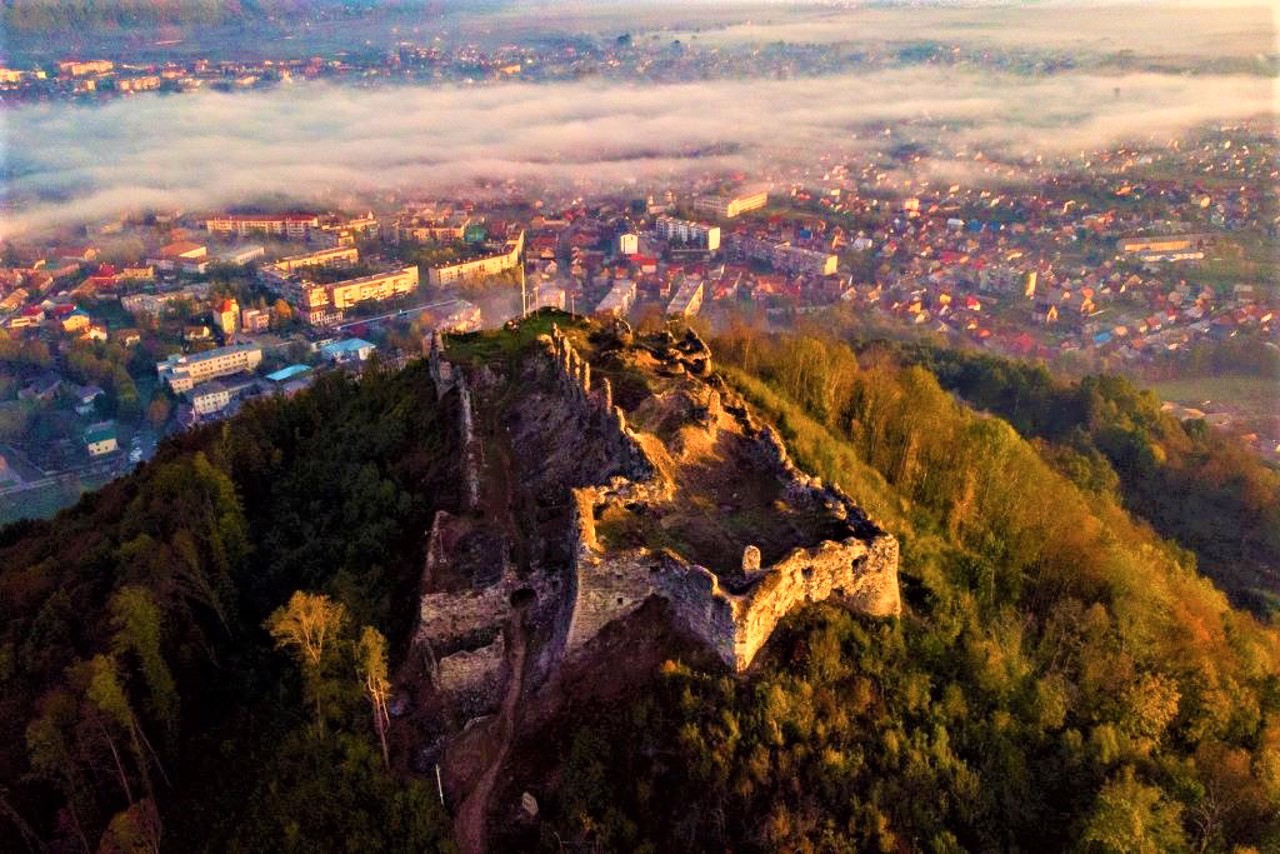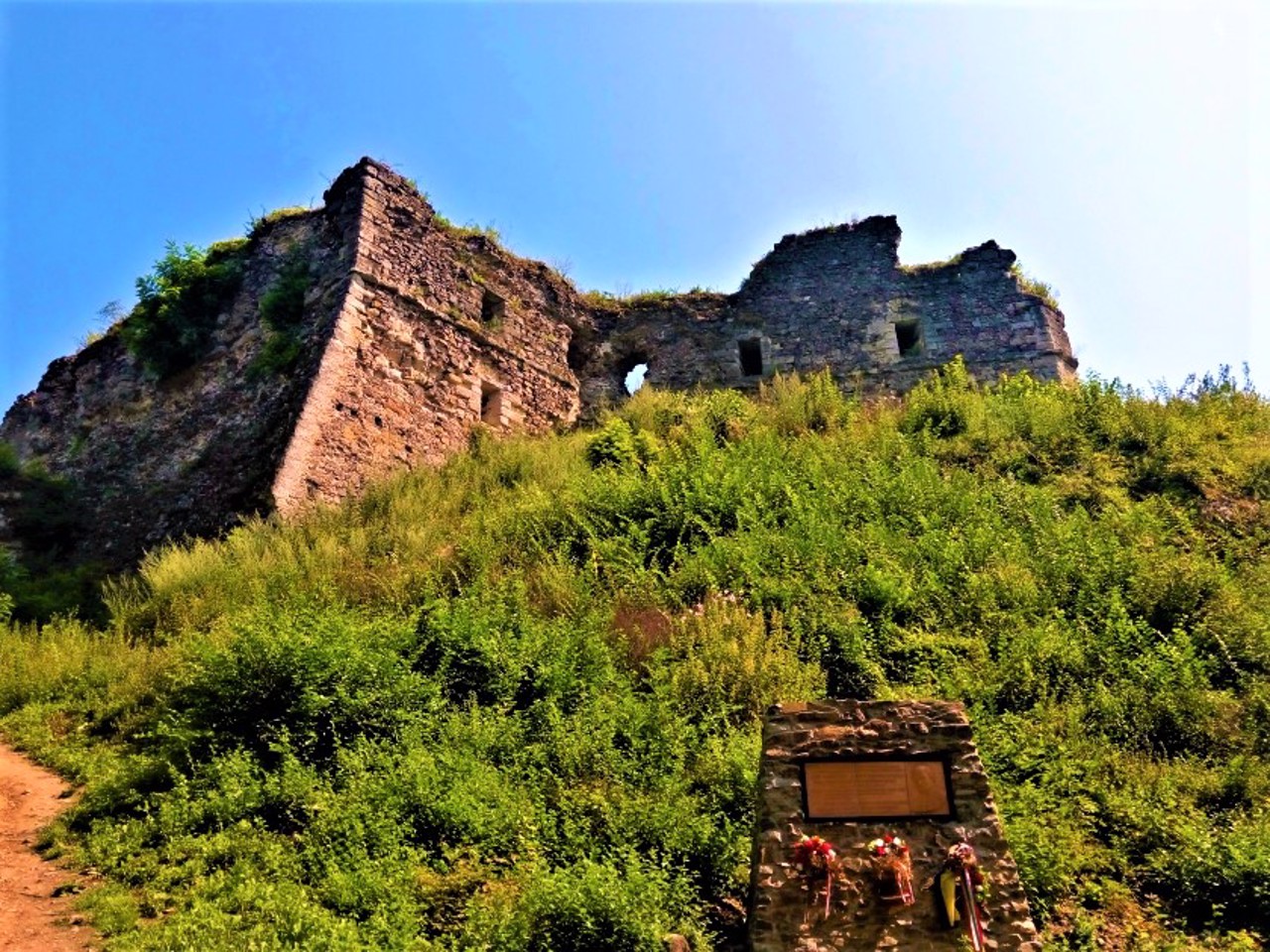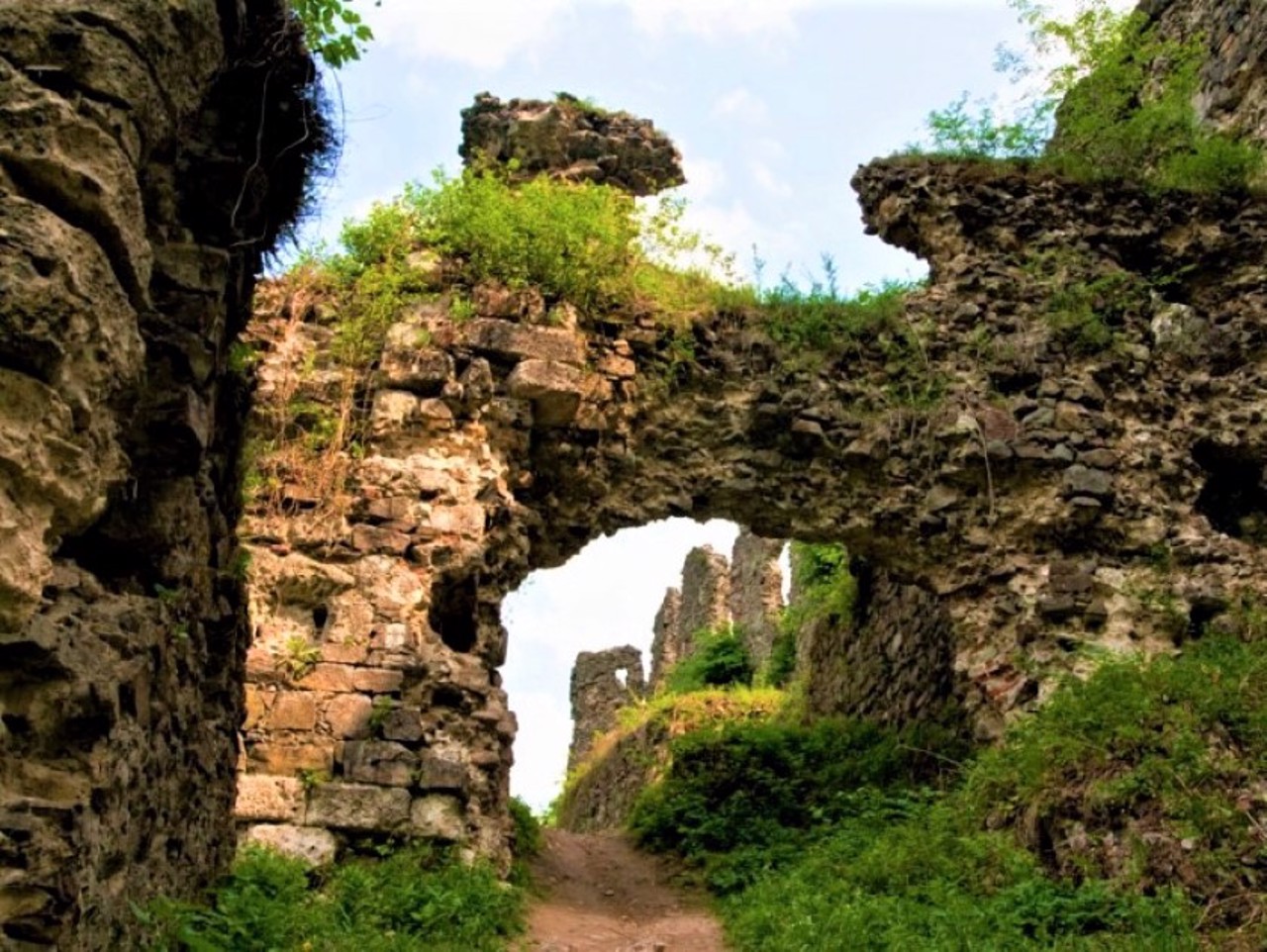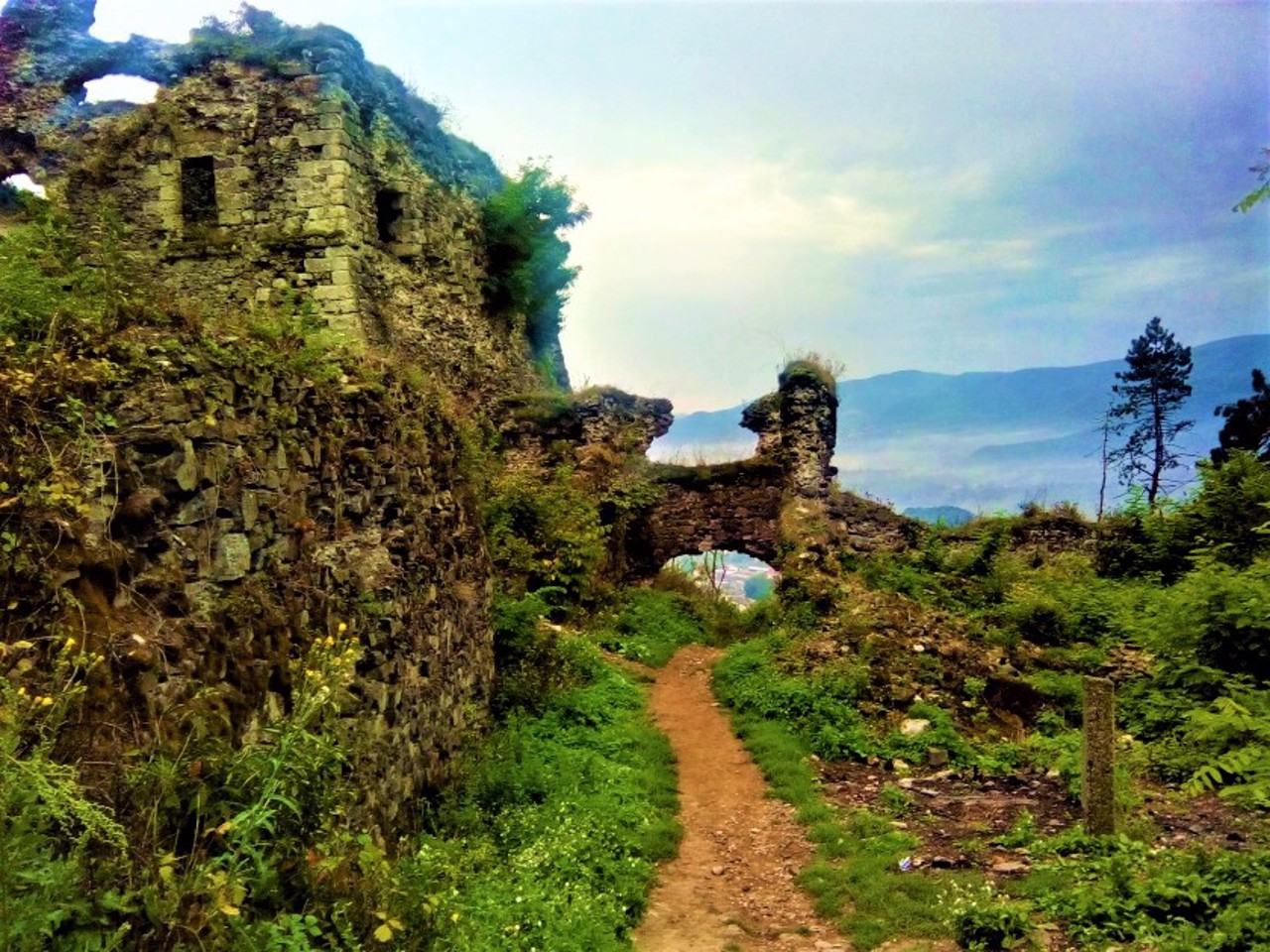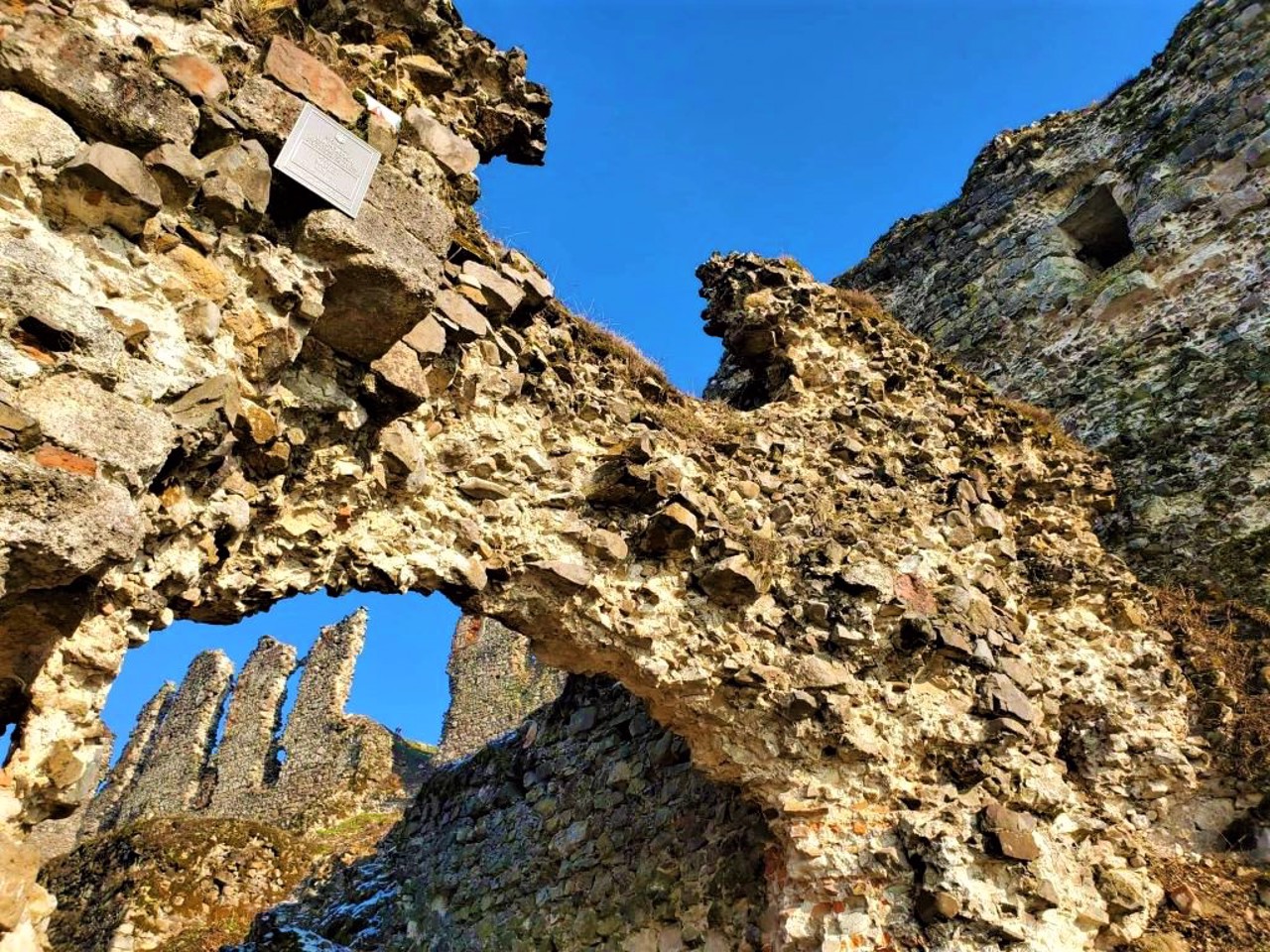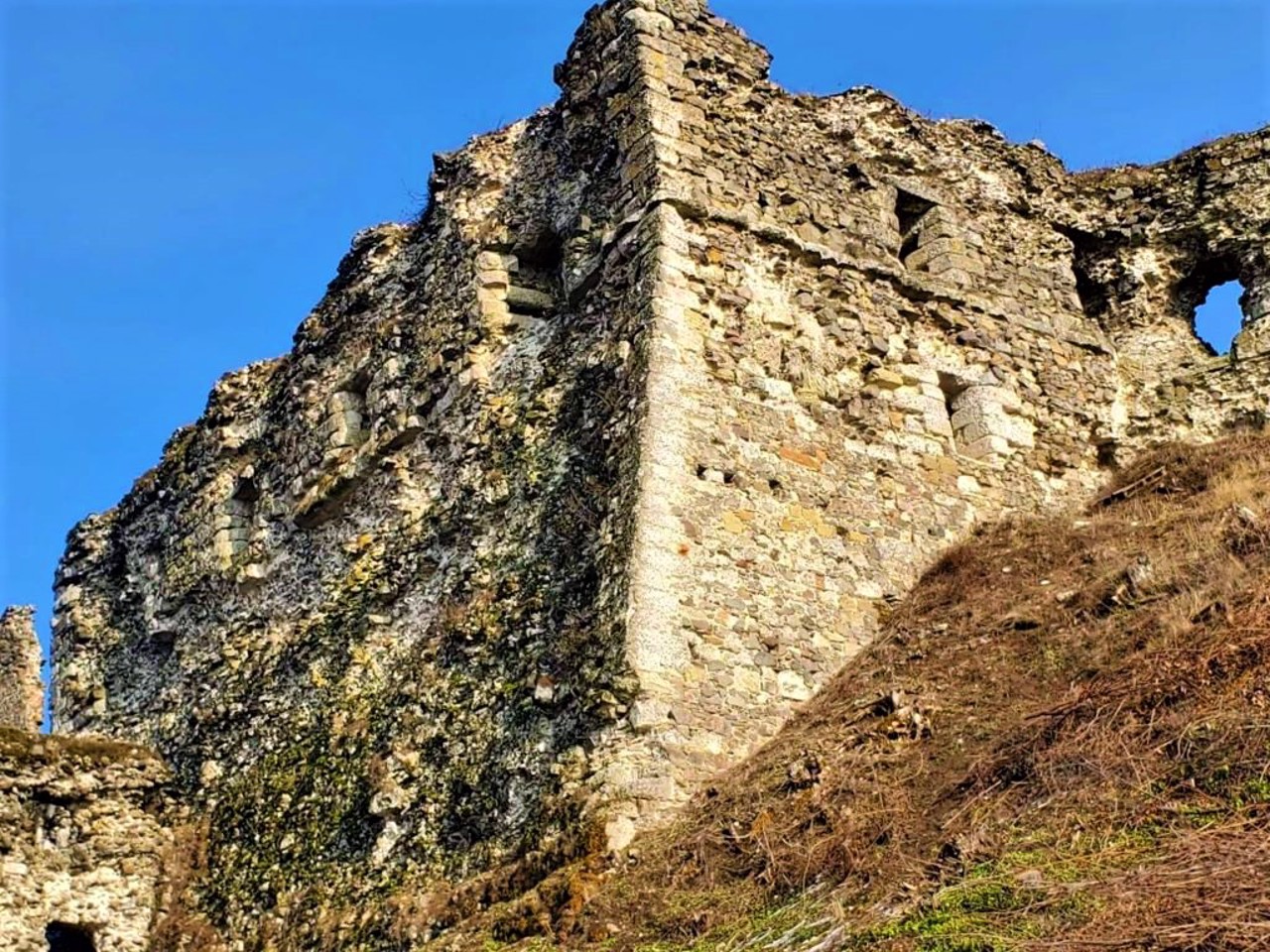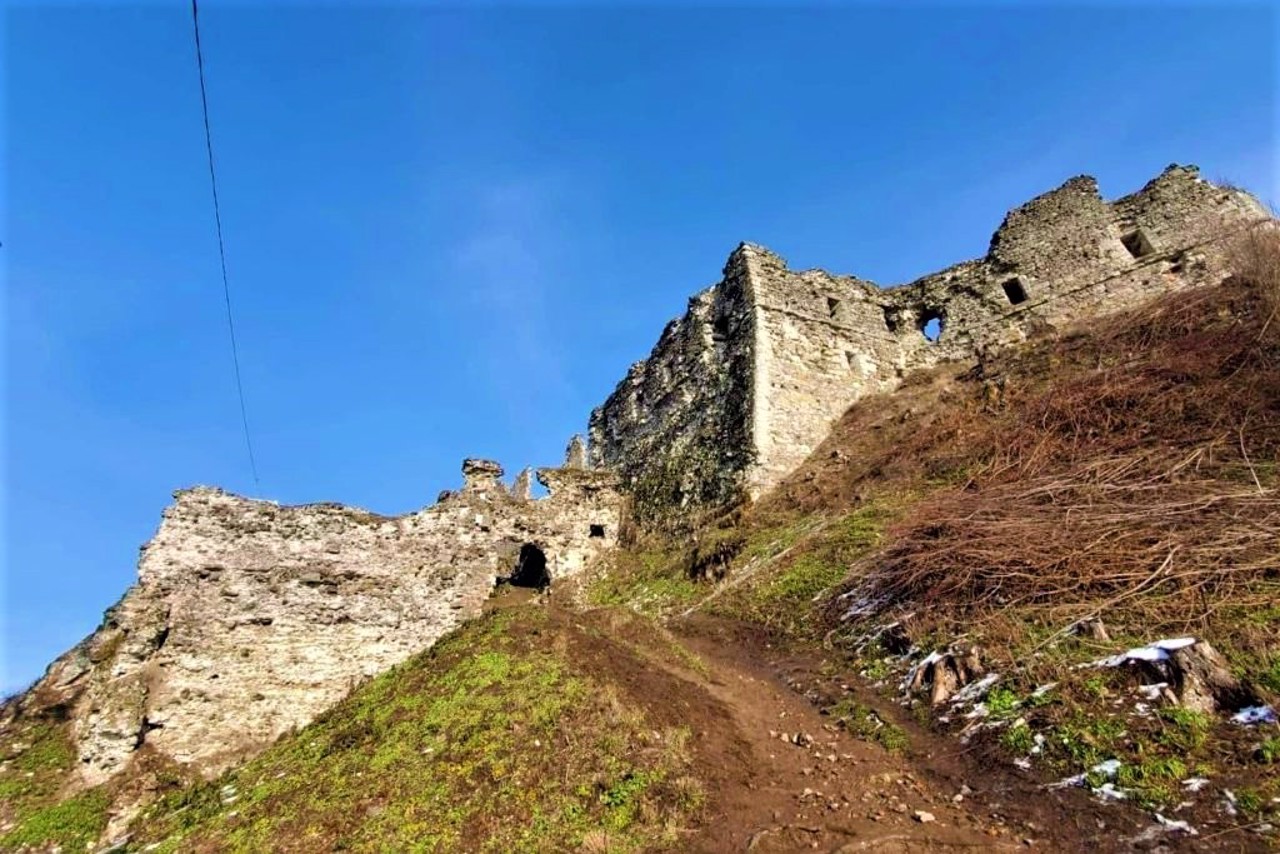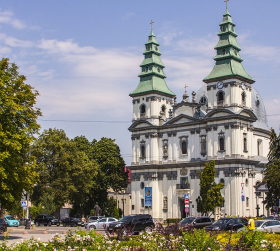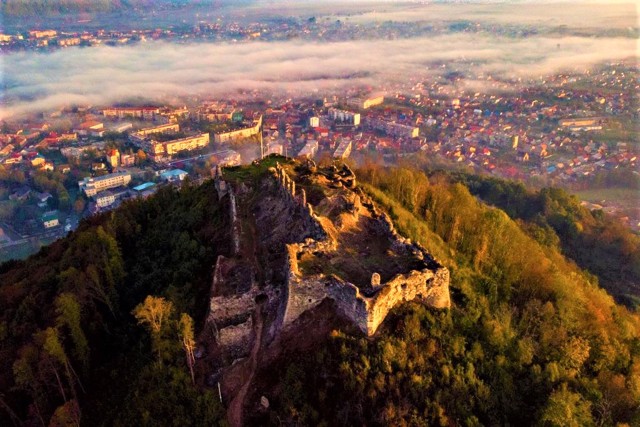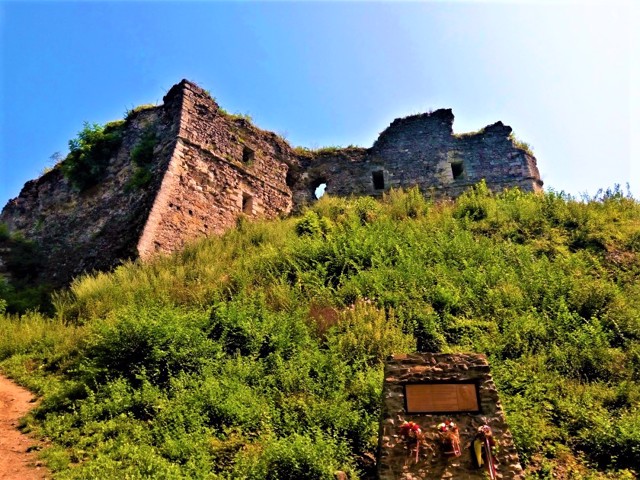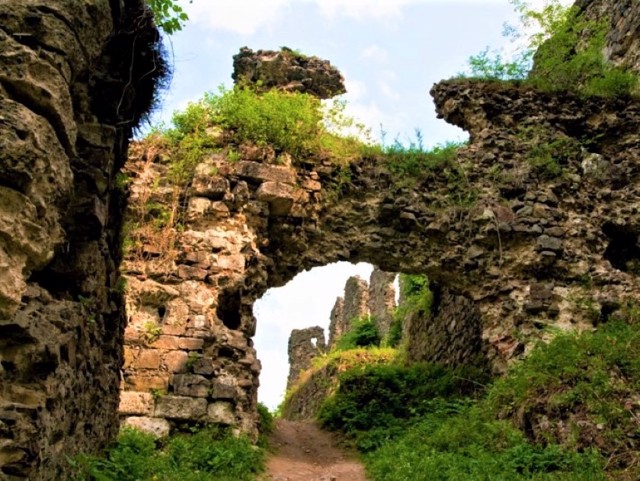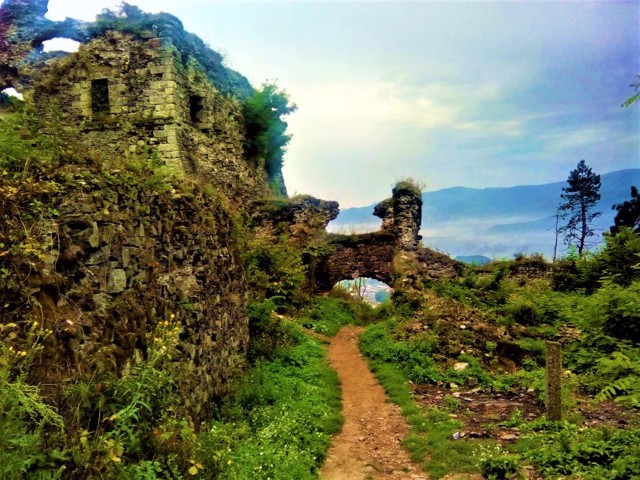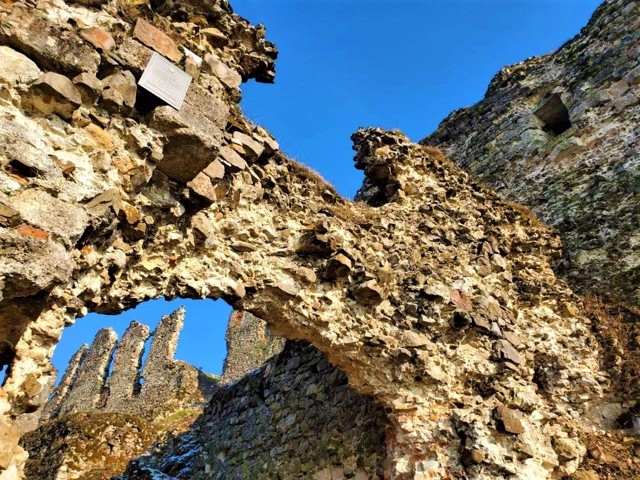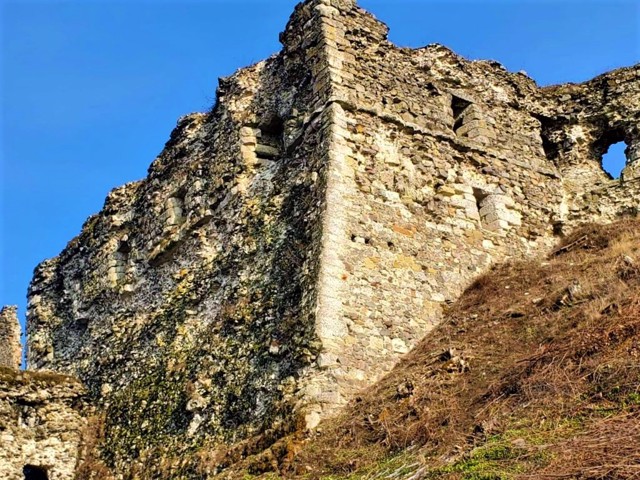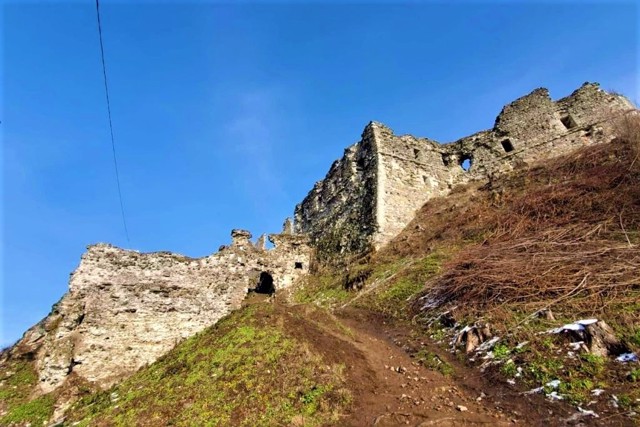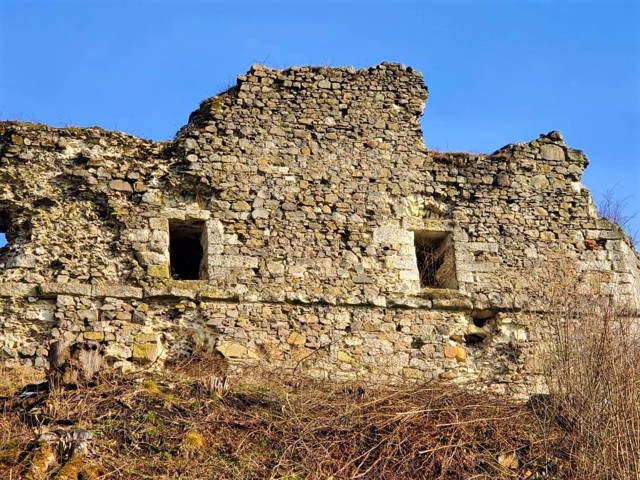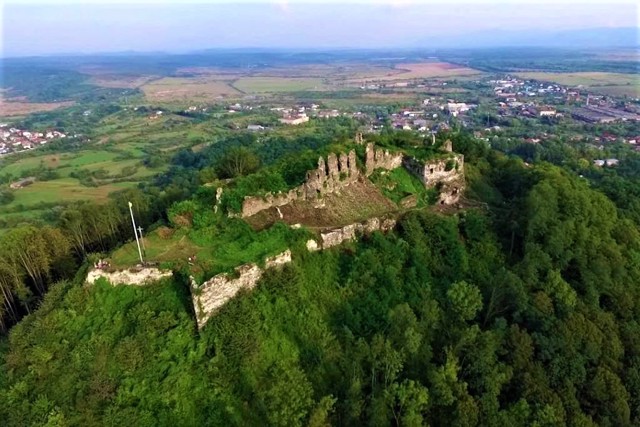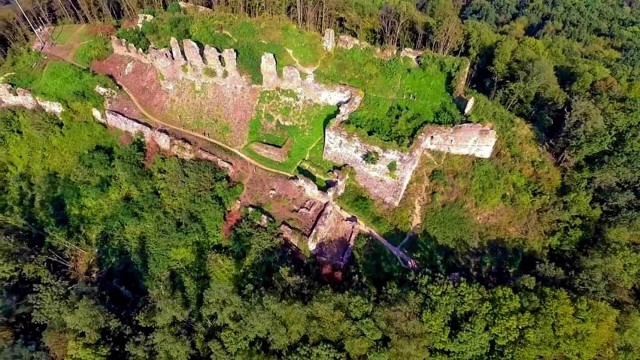Functional temporarily unavailable
Khust Castle, Khust
Castle / fortress
General information about Khust Castle (Khust)
The ruins of the medieval Khust Castle can be seen on the Castle Hill near the center of Khust.
The castle was built in the 11th-12th centuries to control the "salt road" from Solotvyno. The legend connects the name with a voivode named Khust. The castle on the top of a 150-meter mountain stood out for its power, which was provided by 14-meter walls, high towers and a siege well.
In 1378, the Hungarian king presented the Khust castle to cousins Balko and Drago from the Moldavian family of Drahosh. Legend connects them with the Wallachian lord Vlad III Tsepesh (Drakula), who became the prototype of the hero of Bram Stoker's popular novel.
After 1526, the Khust Castle passed to the Principality of Transylvania, and was one of the strongholds of the reb ...
The ruins of the medieval Khust Castle can be seen on the Castle Hill near the center of Khust.
The castle was built in the 11th-12th centuries to control the "salt road" from Solotvyno. The legend connects the name with a voivode named Khust. The castle on the top of a 150-meter mountain stood out for its power, which was provided by 14-meter walls, high towers and a siege well.
In 1378, the Hungarian king presented the Khust castle to cousins Balko and Drago from the Moldavian family of Drahosh. Legend connects them with the Wallachian lord Vlad III Tsepesh (Drakula), who became the prototype of the hero of Bram Stoker's popular novel.
After 1526, the Khust Castle passed to the Principality of Transylvania, and was one of the strongholds of the rebels during the Hungarian War of Independence. It existed until 1776, when a powder cellar exploded due to a lightning strike. Since then, it has not recovered.
Access is free.
Руїни середньовічного Хустського замку видно на Замковій горі поряд із центром Хуста.
Замок зведений у ХІ-ХІІ сторіччях для контролю над "соляним шляхом" із Солотвина. Назва легенда пов'язує з воєводою на ім'я Хуст. Замок на вершині 150-метрової гори вирізнявся потужністю, яку забезпечували 14-метрові стіни, високі вежі та облоговий колодязь.
В 1378 році угорський король подарував Хустський замок двоюрідним братам Балку та Драгу з молдавського роду Драгошів. Легенда пов'язує їх спорідненістю із волоським господарем Владом III Цепешем (Дракулою), який став прототипом героя популярного роману Брема Стокера.
Після 1526 року Хустський замок відійшов до Трансільванського князівства, був одним із опорних пунктів повстанців під час визвольної війни угорц ...
Руїни середньовічного Хустського замку видно на Замковій горі поряд із центром Хуста.
Замок зведений у ХІ-ХІІ сторіччях для контролю над "соляним шляхом" із Солотвина. Назва легенда пов'язує з воєводою на ім'я Хуст. Замок на вершині 150-метрової гори вирізнявся потужністю, яку забезпечували 14-метрові стіни, високі вежі та облоговий колодязь.
В 1378 році угорський король подарував Хустський замок двоюрідним братам Балку та Драгу з молдавського роду Драгошів. Легенда пов'язує їх спорідненістю із волоським господарем Владом III Цепешем (Дракулою), який став прототипом героя популярного роману Брема Стокера.
Після 1526 року Хустський замок відійшов до Трансільванського князівства, був одним із опорних пунктів повстанців під час визвольної війни угорців. Проіснував до 1776 року, коли від удару блискавки вибухнув пороховий льох. З того часу не відновлювався.
Доступ вільний.
Practical information about Khust Castle (Khust)
Last update
2/7/2025
| Categories | Castle / fortress |
|---|---|
| Date of foundation | 1090-1191 |
| Address |
Zamkova Street
Khust |
| Coordinates |
48.16777778° N, 23.30138889° E
|
| Phone | +380 95 838 0101, |
|
https://www.facebook.com/castl... |
|
| Additional services |
Аccessibility information
Have you visited Khust Castle in Khust?
Add practical or descriptive information, photos, links
What to see, where to go next?

